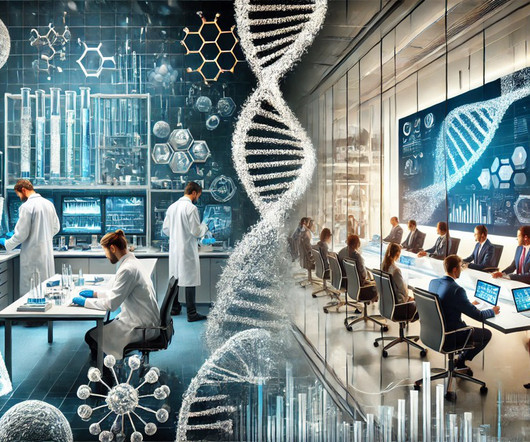How Companies Can Mitigate AI’s Growing Environmental Footprint
Harvard Business
JULY 4, 2024
By 2030, AI’s power demand is expected to rise by 160%. However, adopting more sustainable practices, such as utilizing foundation models, optimizing data processing locations, investing in energy-efficient processors, and leveraging open-source collaborations, can help mitigate these effects.























Let's personalize your content